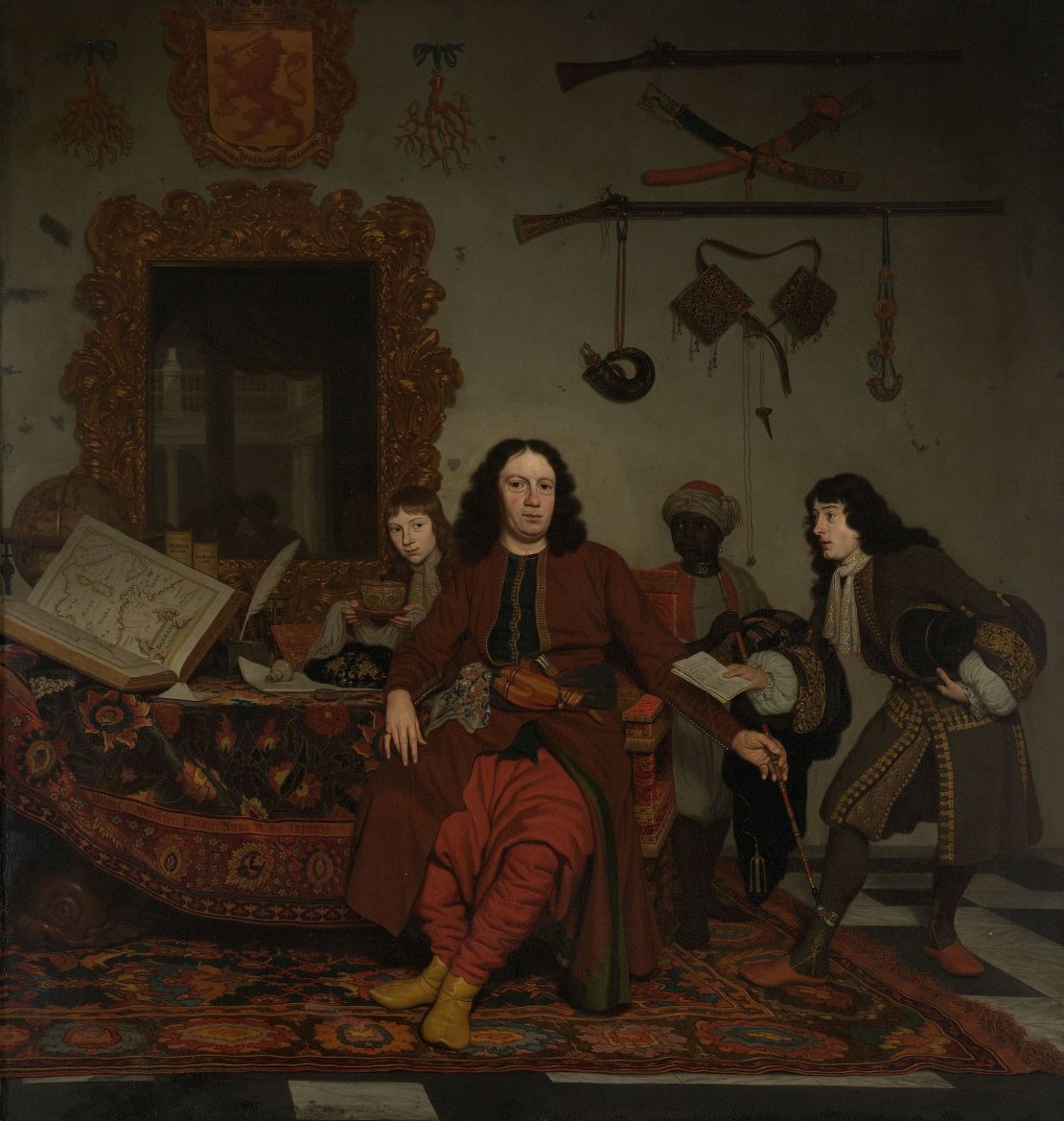Story highlights
Rijksmuseum in Amsterdam has started removing offensive terms from certain titles
The renowned museum says this is part of a modern way of approaching their audience
Amsterdam’s acclaimed Rijksmuseum has started renaming works of art in its vast collection whose titles could be considered inappropriate by a modern audience.
Words considered derogatory, like “negro,” which were once used casually by Europeans, will be replaced in the museum’s digital catalog, as well as in text descriptions next to objects in the galleries.
Through the initiative, called Adjustment of Colonial Terminology, museum officials expect to alter around 350 titles in a collection which numbers 1.1 million pieces.
“It’s a matter of dignity and the modern way of approaching our audience, which is not only a white audience,” says Martine Gosselink, head of Rijksmuseum’s department of history.
For example, a 1900 painting by Dutch artist Simon Maris which was originally called “Young Negro-Girl” will be known as “Picture of Girl Holding a Fan” from now on.
Shifting a white-only perspective
The initiative started six years ago, but took a back seat until Rijksmuseum’s mammoth 10-year renovation project was completed in 2013. Gosselink says that the museum had in the past received complaints that artwork descriptions, some which date as far back as 1910, were written from a purely white perspective.
“We had a text saying that Australia was discovered by a European man, but we all know that obviously Australia had existed for millions of years before any Europeans went there,” says Gosselink.
However, far from erasing all traces of original titles and descriptions, Rijksmuseum will archive them so that the public can still access them if they wanted to.
“It’s not a matter of whitewashing our Dutch history, we do think that old colonial terms are also part of it,” says Gosselink.
The Rijksmuseum, which is one of the world’s leading art institutions, is working with representatives of indigenous groups and civil society organizations to come up with the most appropriate terms to use.
“We would not want to change anything without their permission,” says Gosselink.

Some words are obvious candidates for replacement, but there are also examples which are less straightforward, like Eskimo, which is considered offensive in many places
“For instance, many Dutch people don’t understand why Eskimo is an offensive term, but it is, and indigenous people don’t like to be called that way,” says Gosselink.
“Also Lapland [the northern Scandinavian region populated by the Sami people] is an offensive term, but not many people know it.”
Overall, the museum has received positive feedback for their initiative, but Gosselink admits there have also been voices criticizing the move.
“That’s OK, it’s all about having an open discussion” she says, adding that as times change, there may be another revision of terms in a few decades.
No whitewashing of history
Raphael Roig, senior program officer at the International Council of Museums says his institution is generally supportive of Rijksmuseum’s action.
“They took into account the complaints of various communities and decided to present the artworks with new titles, but they also preserved the original ones,” he says.
“It’s a decision that was respectful of the history of the object, because you can’t deny the original context, you need to take that into account and contextualize it.”
However, he rejects the idea that this could be a blueprint for revisions in other galleries across the world.
“It’s a decision of one museum, and it’s a case by case story,” he says.
Gosselink agrees: “I think that internationally guidelines are not possible because each country has their own colonial past and sensitivities. But in Holland I do believe it could happen.”
